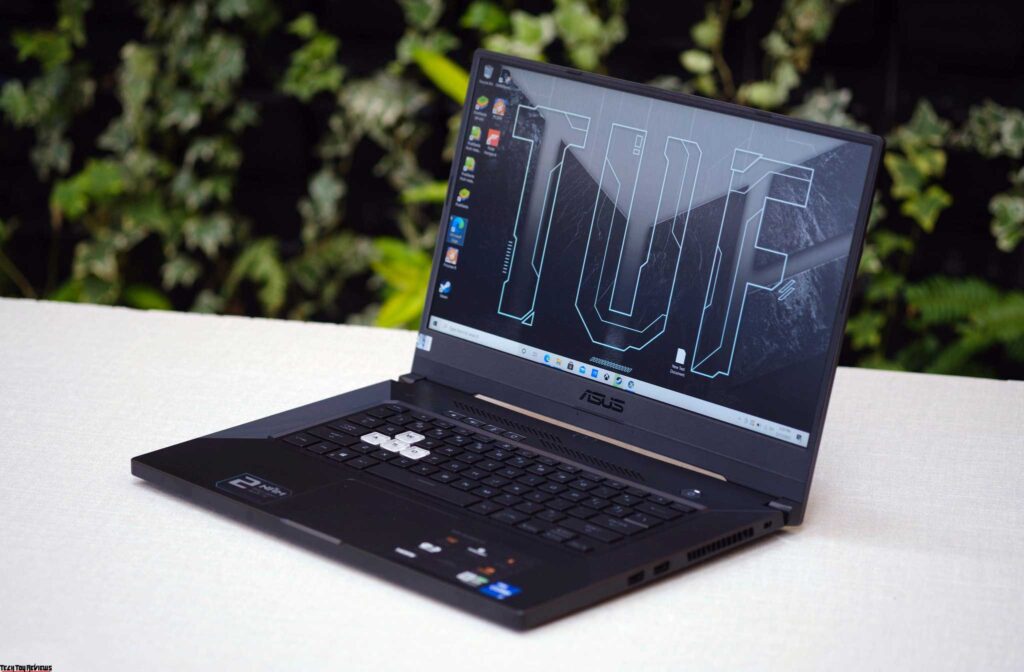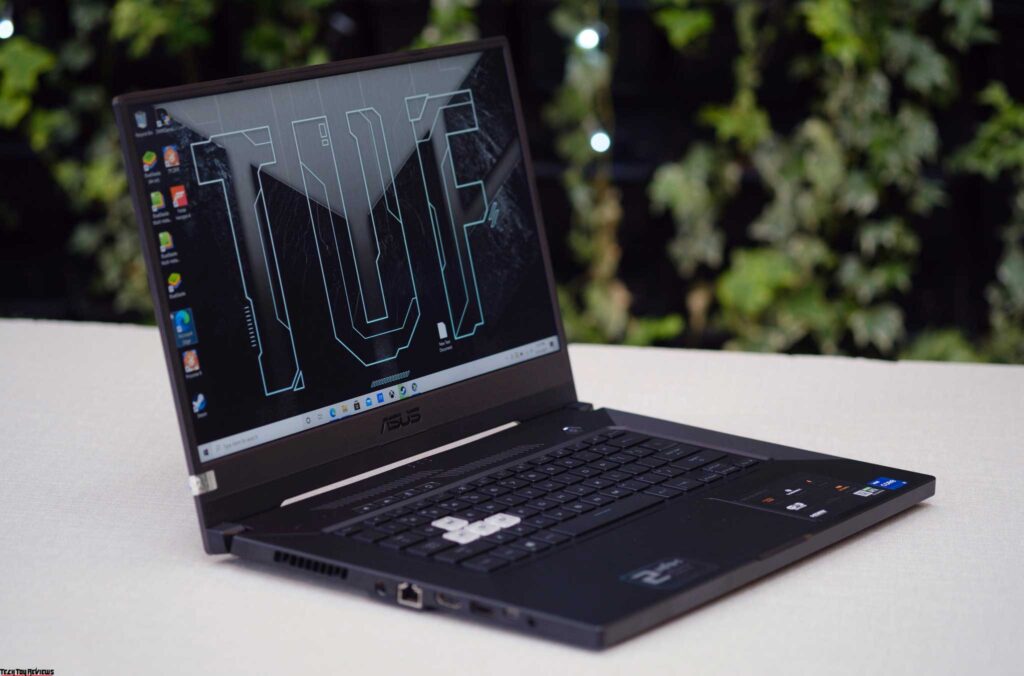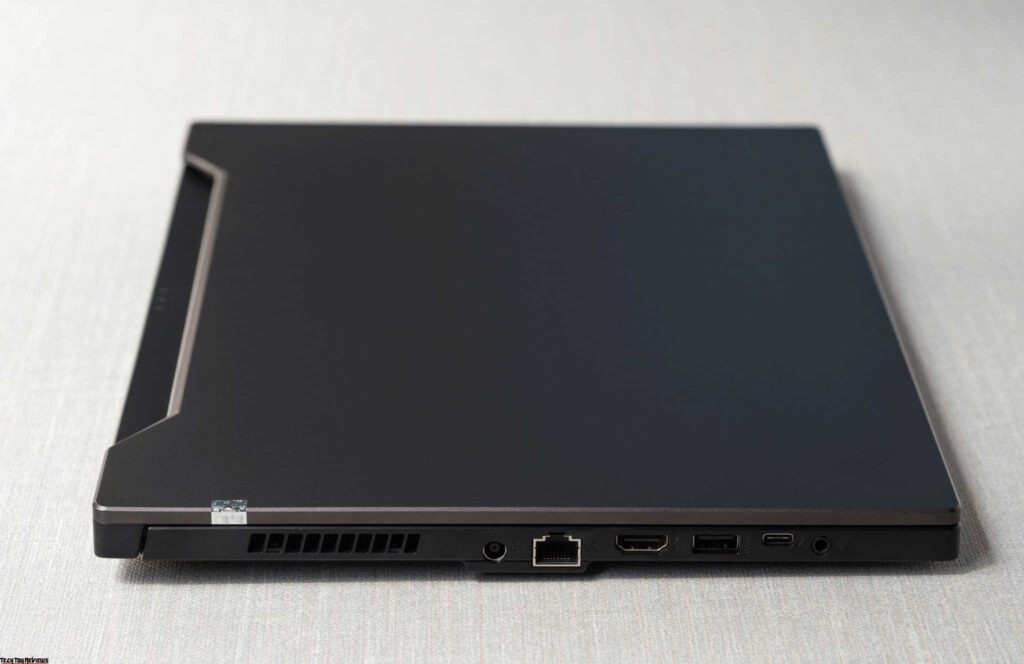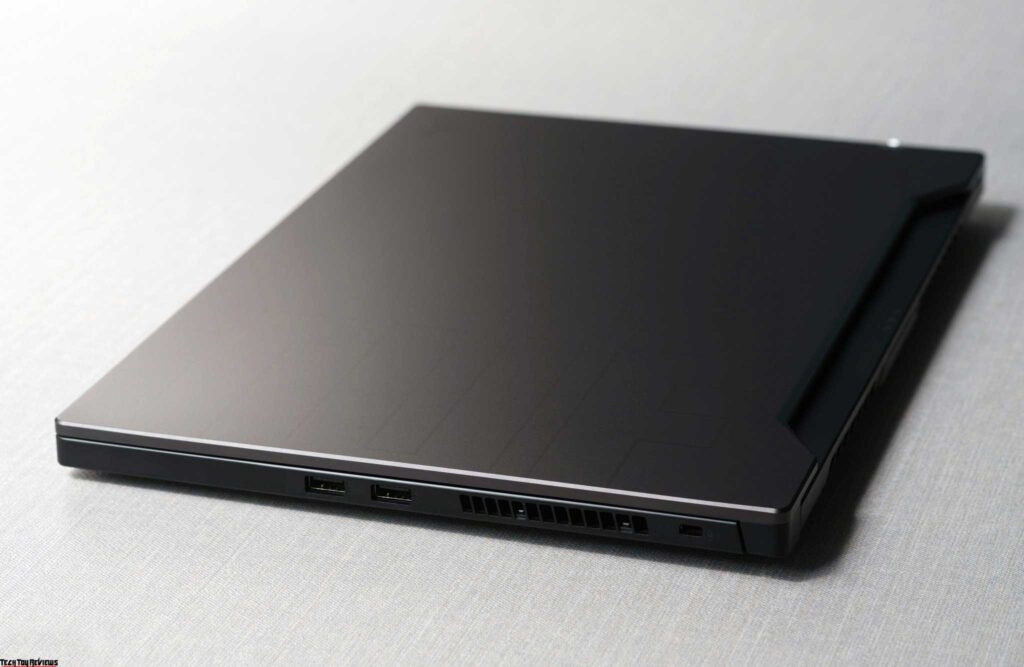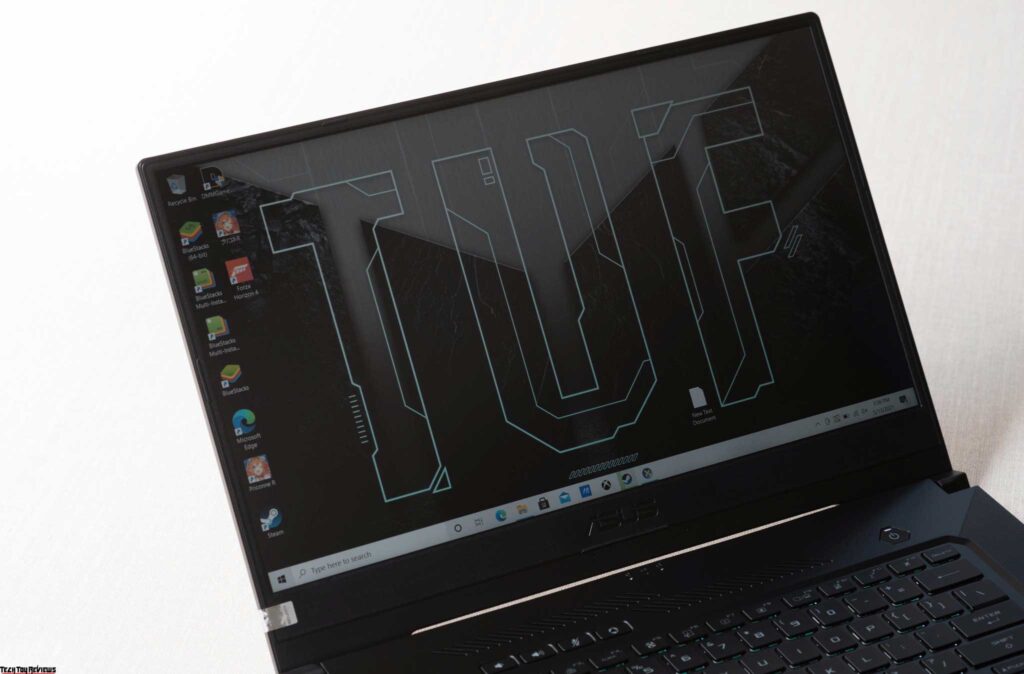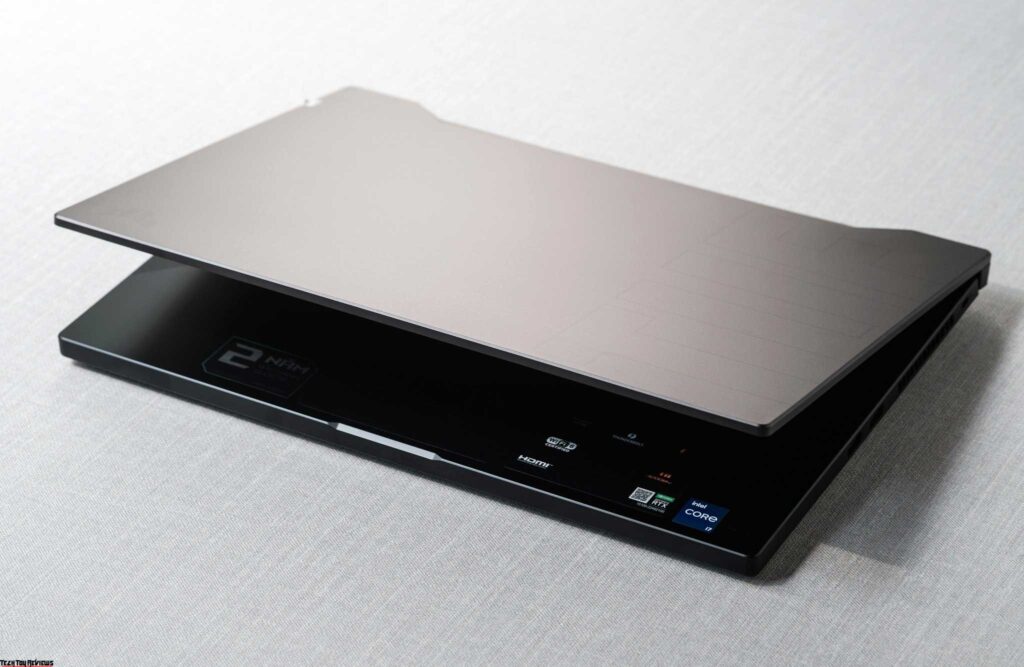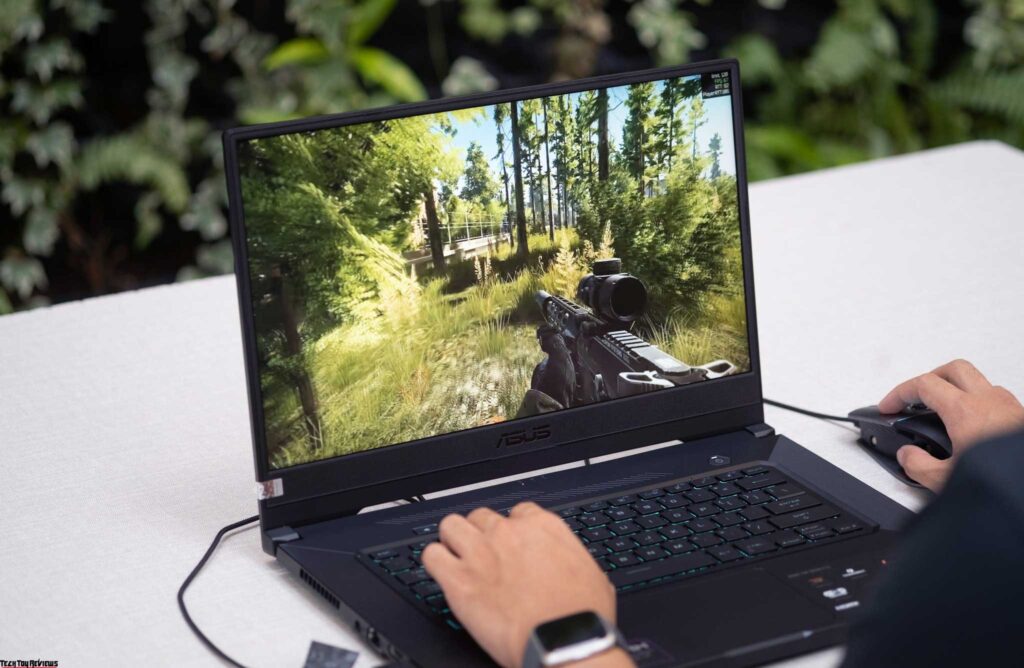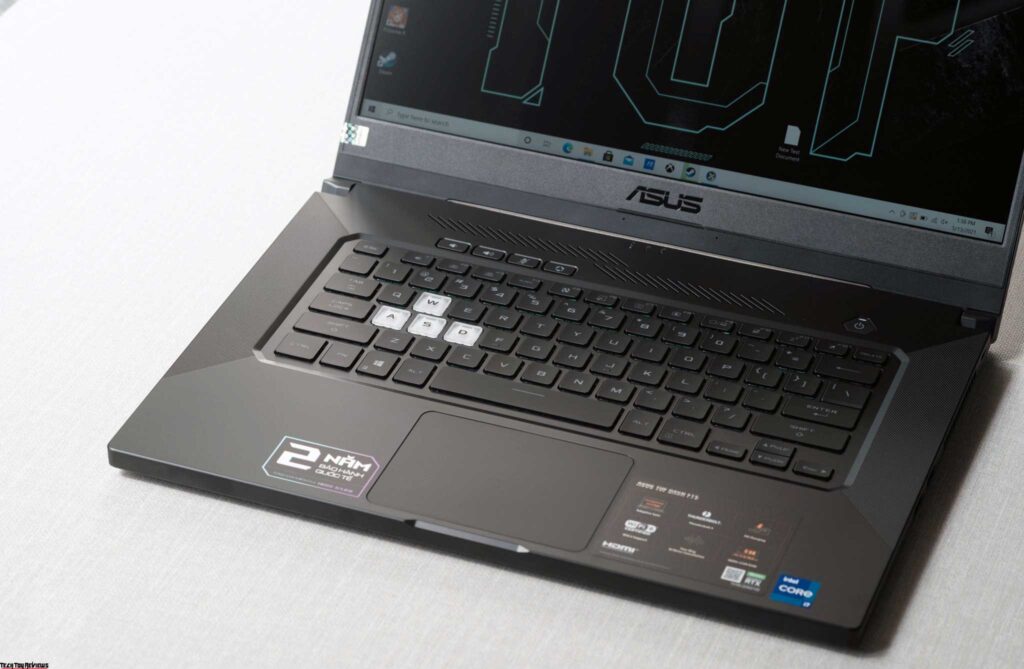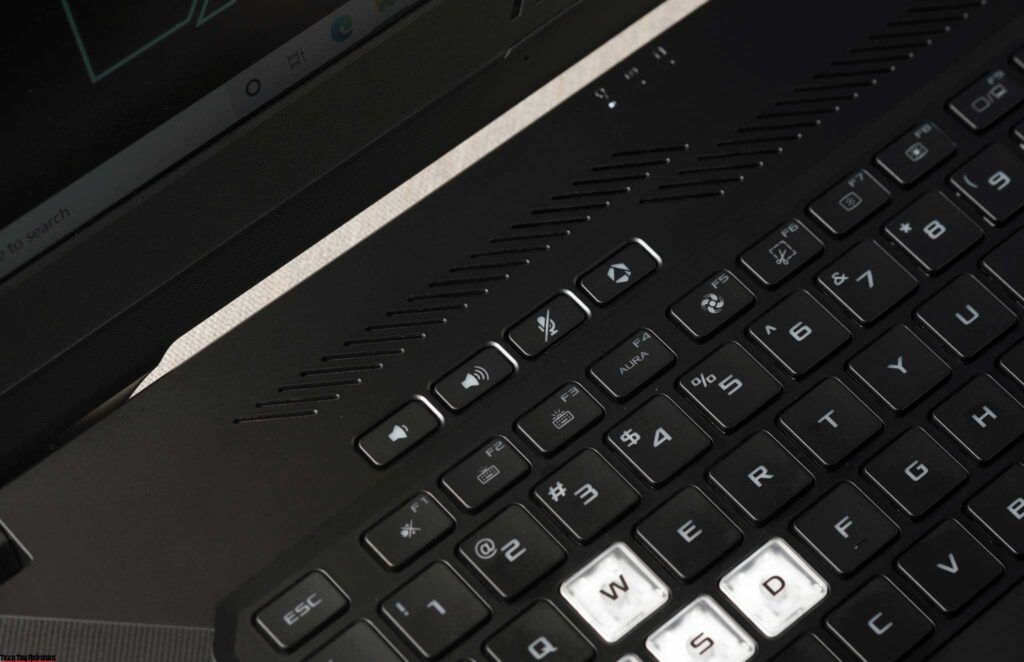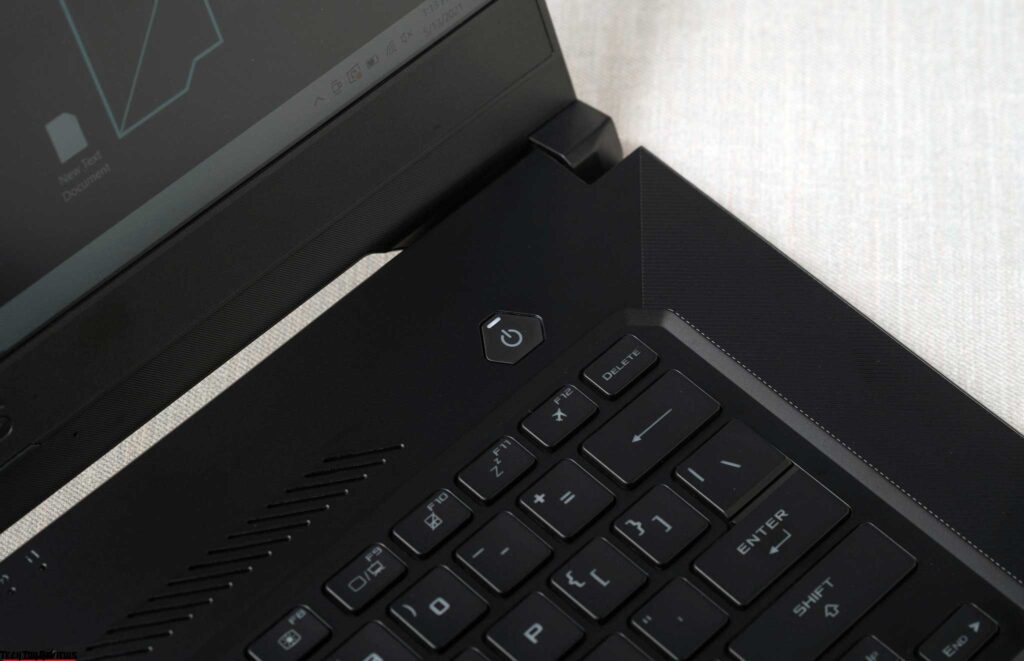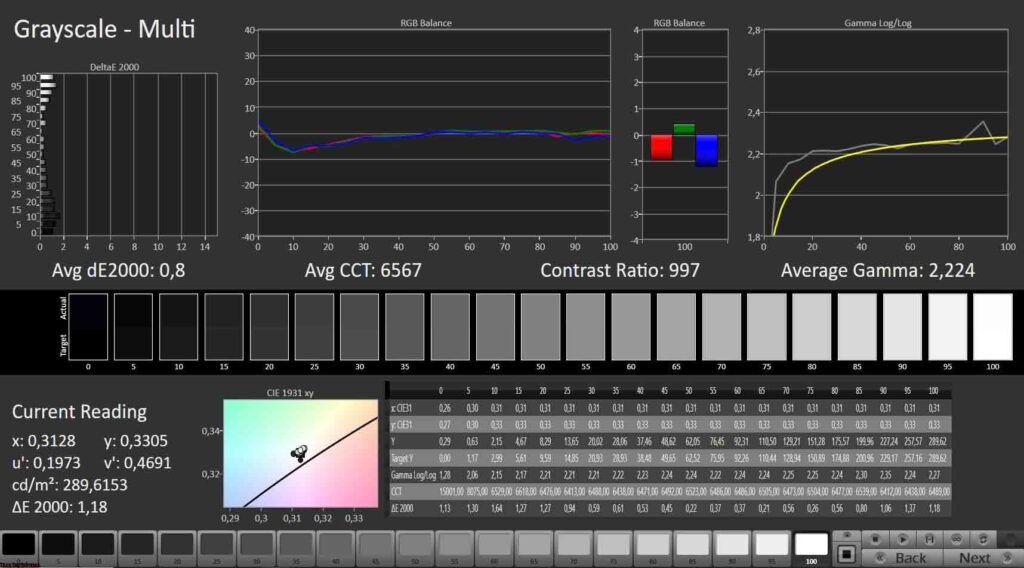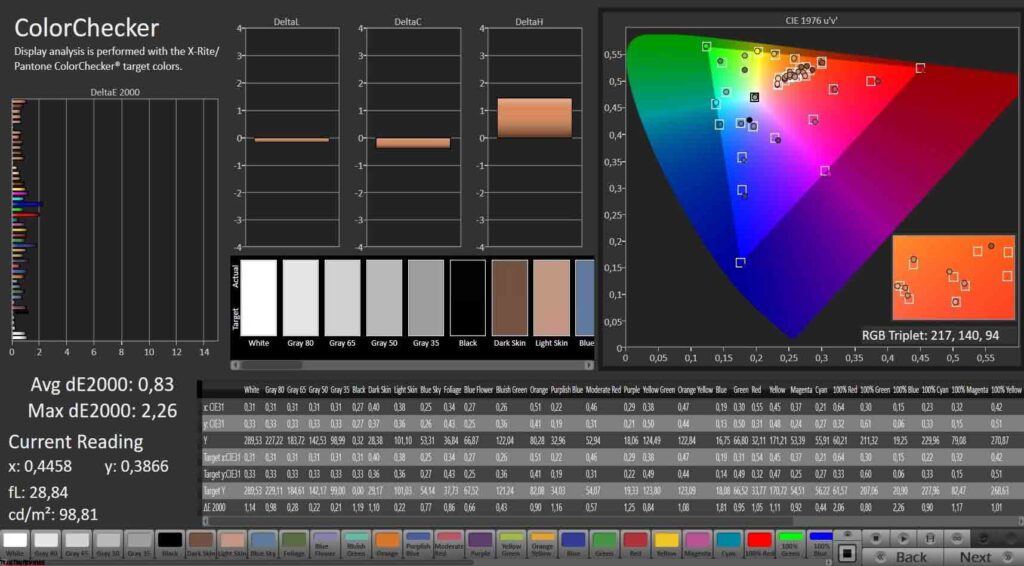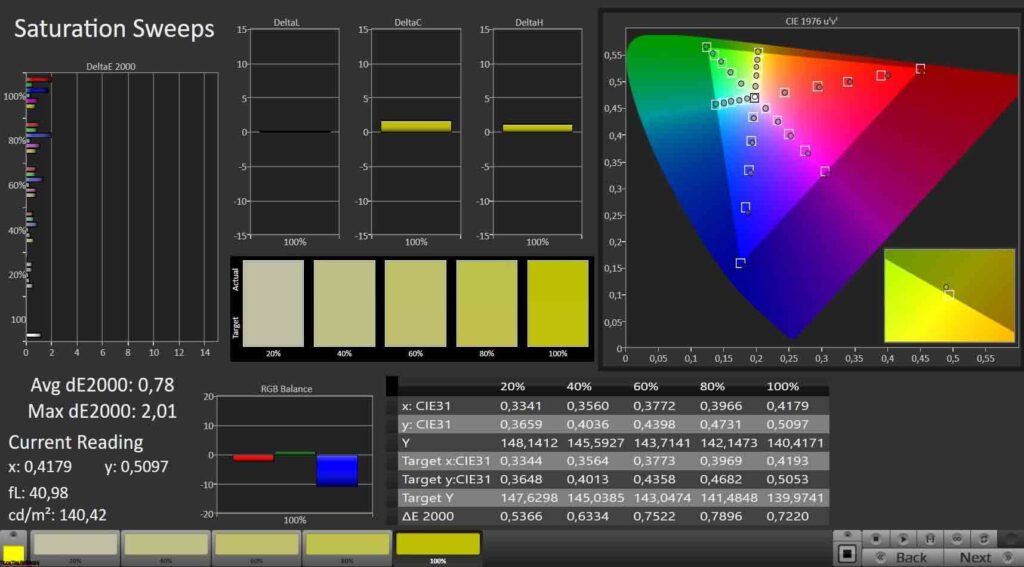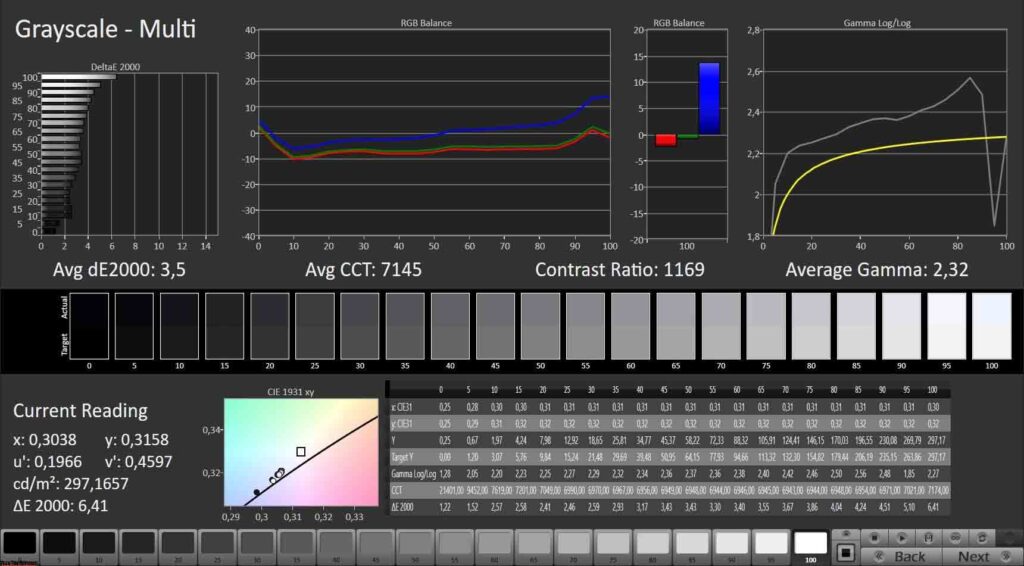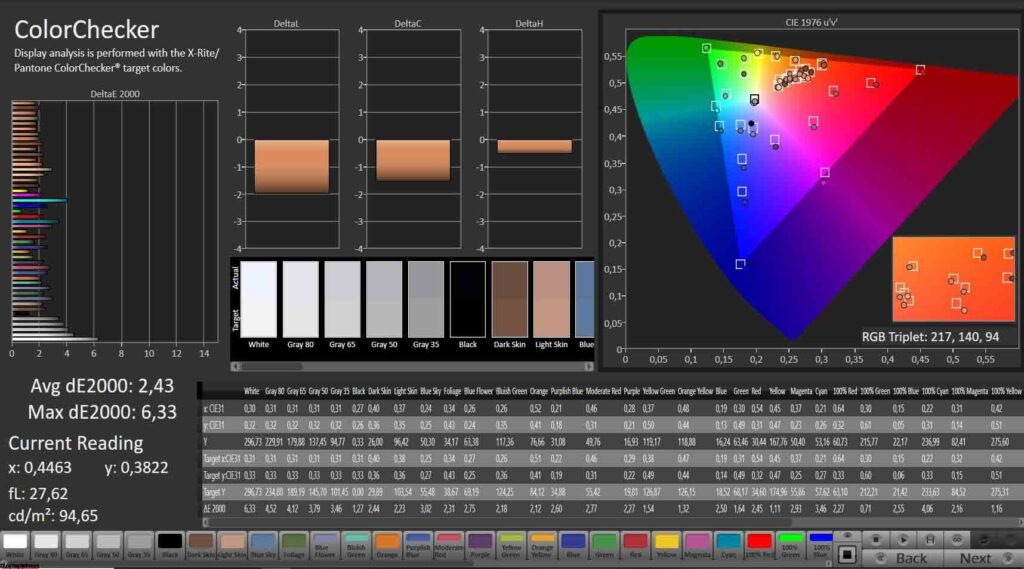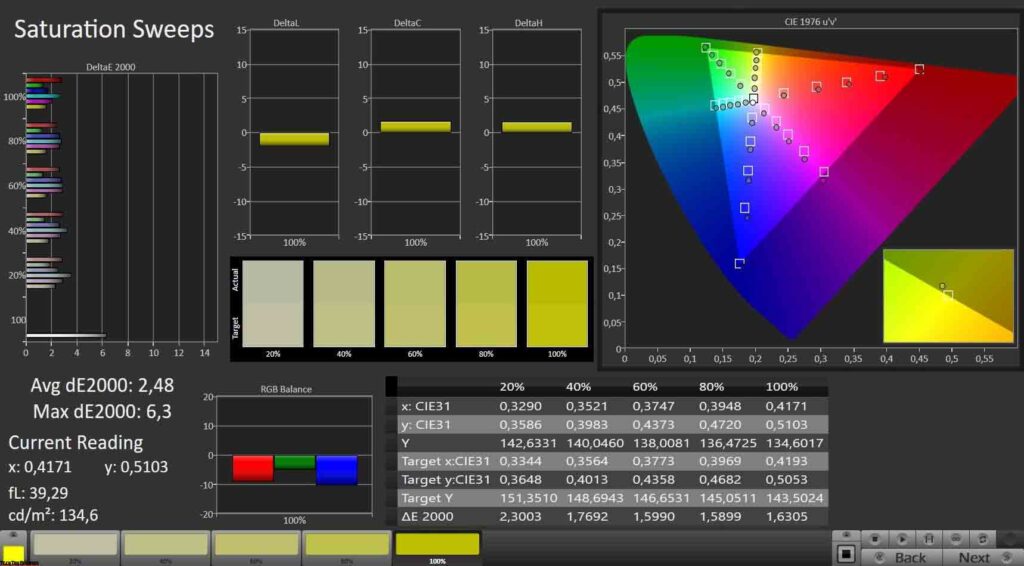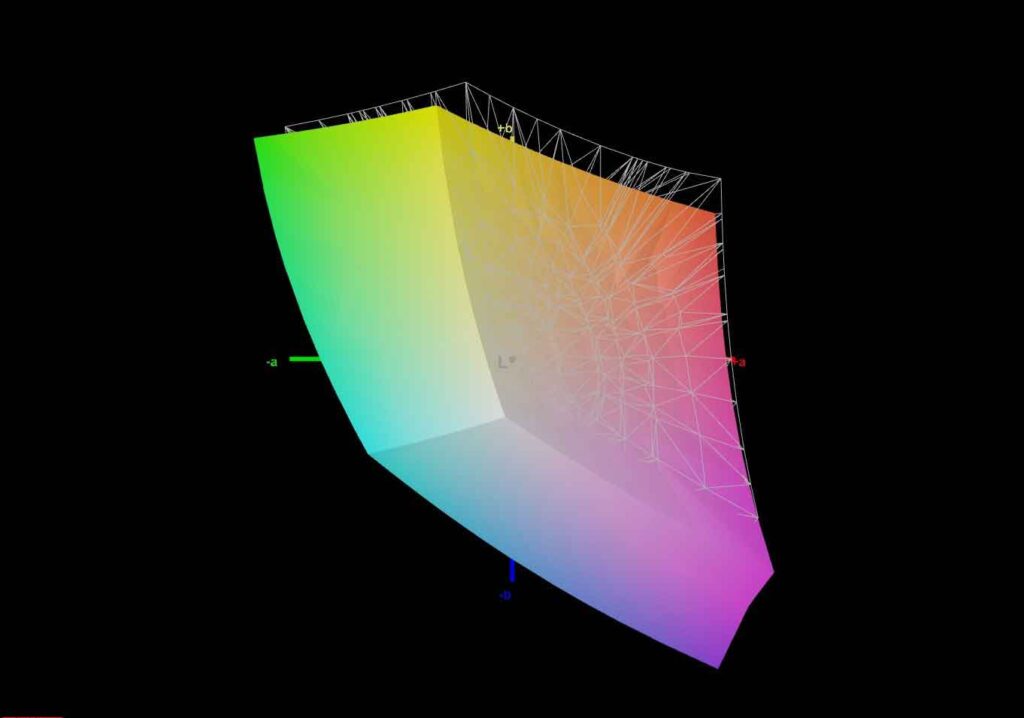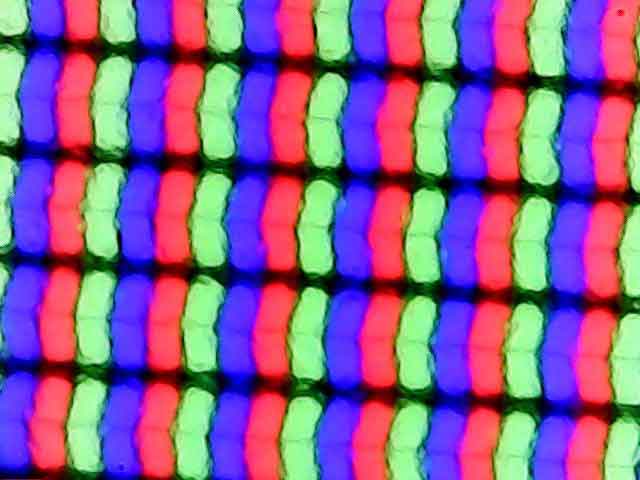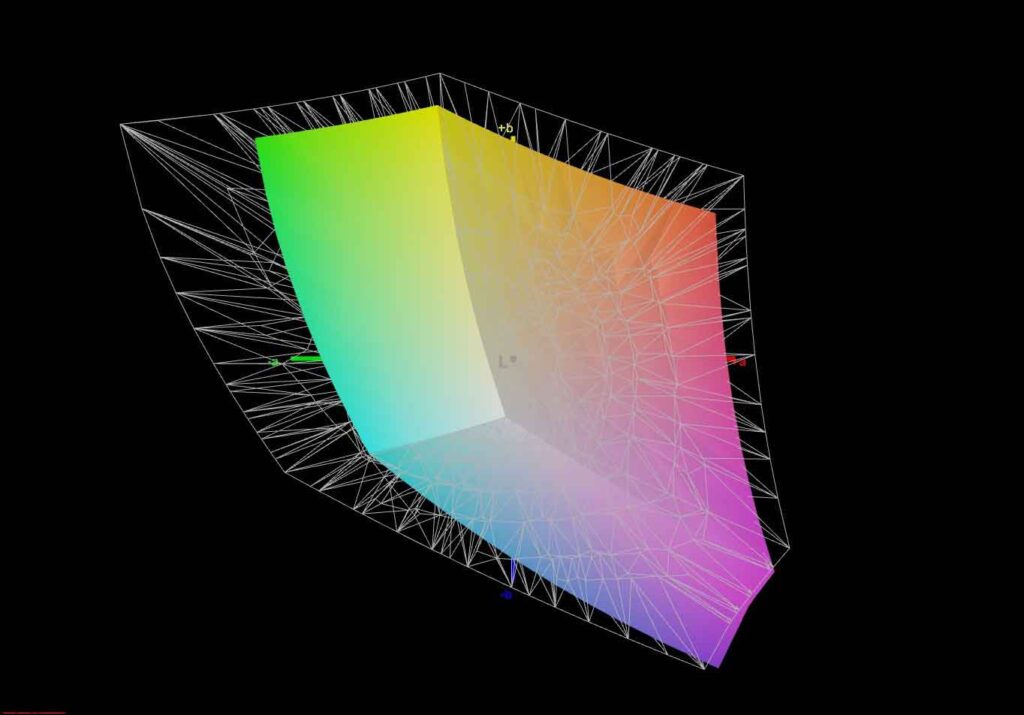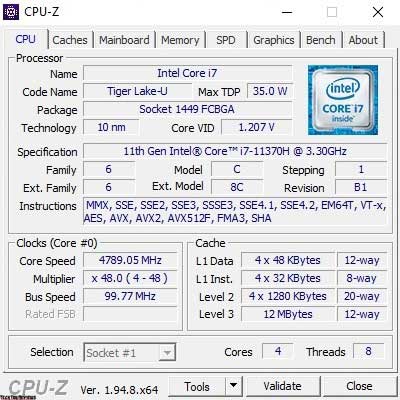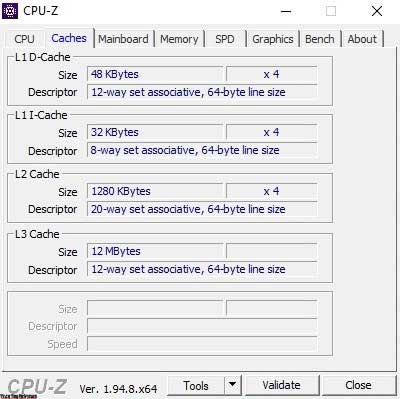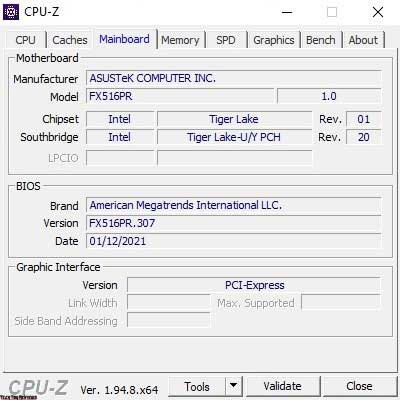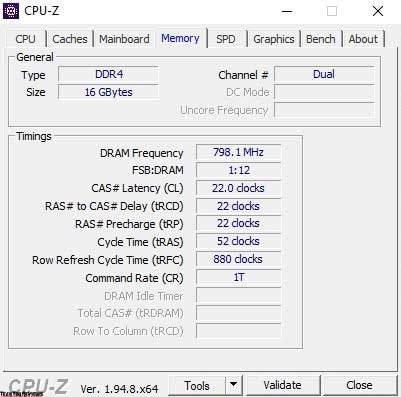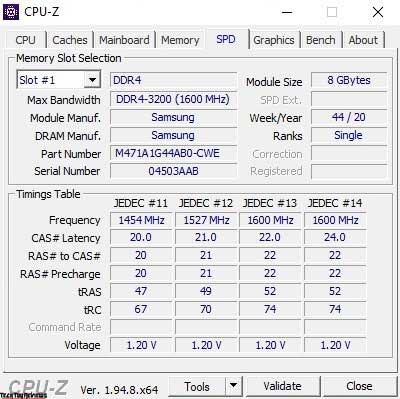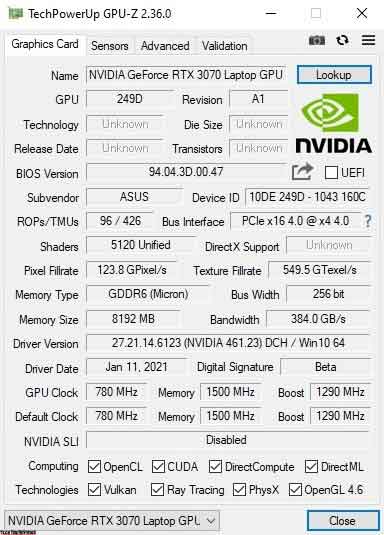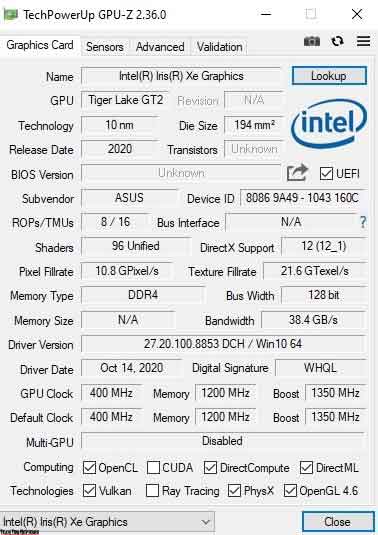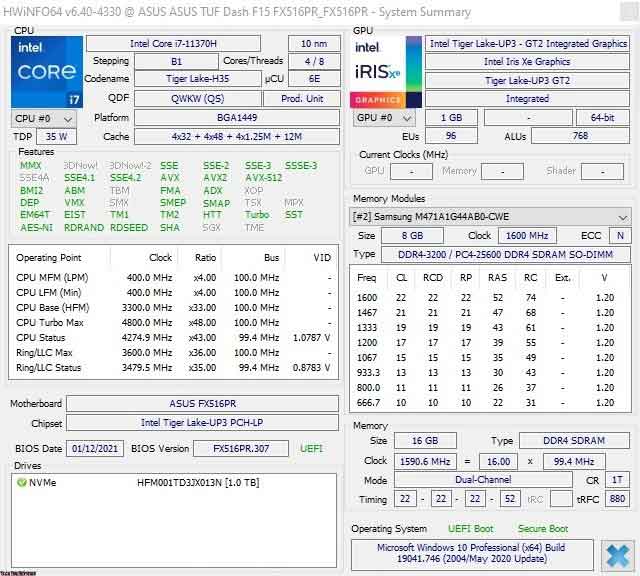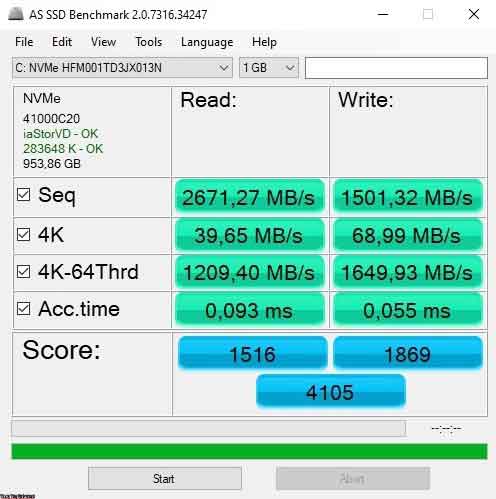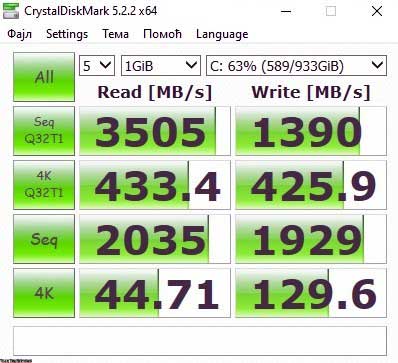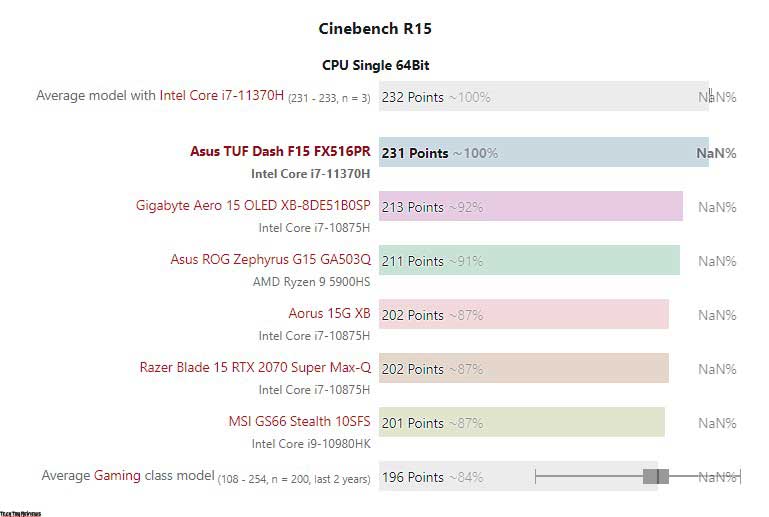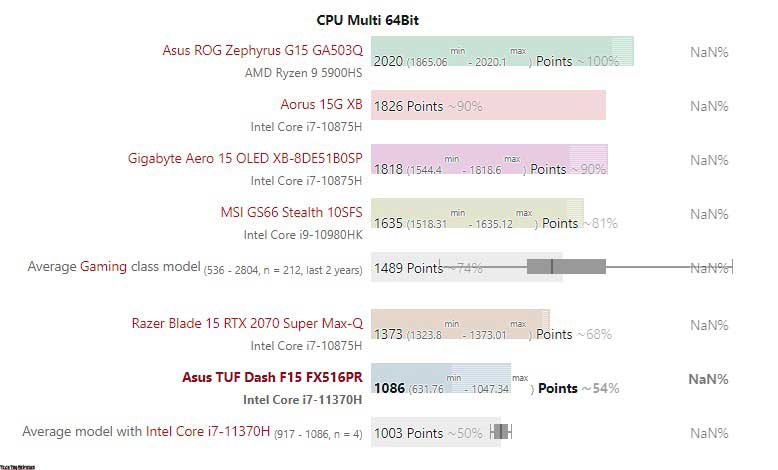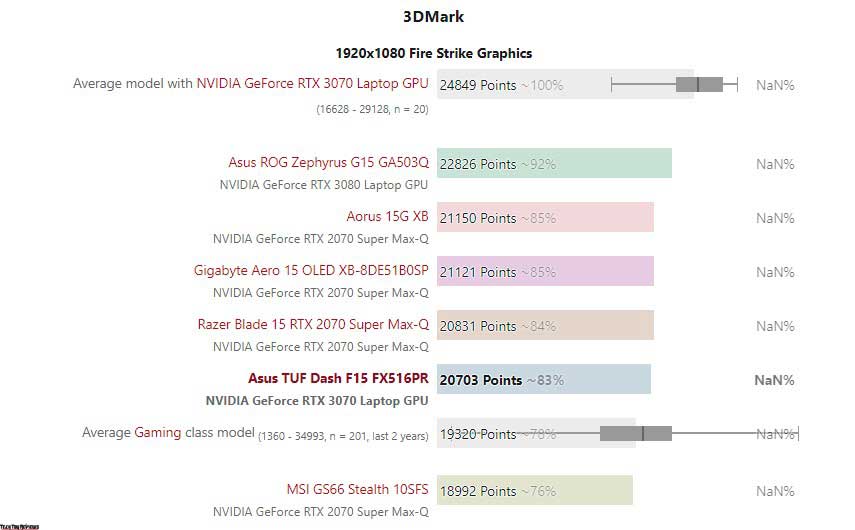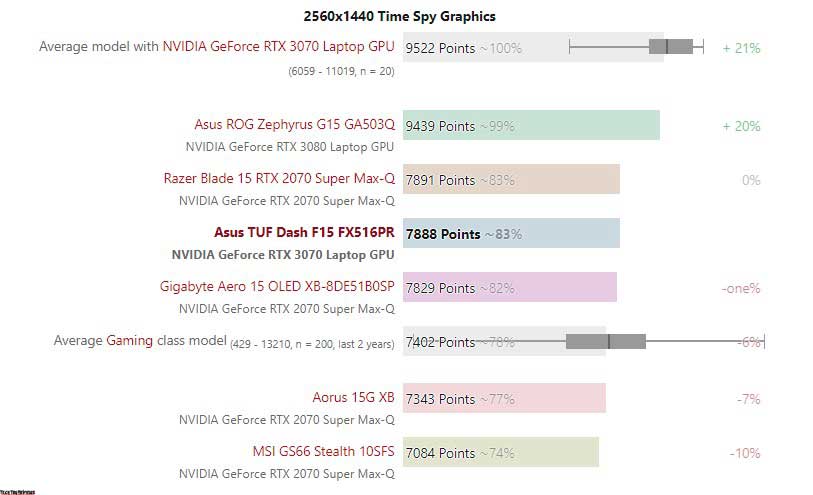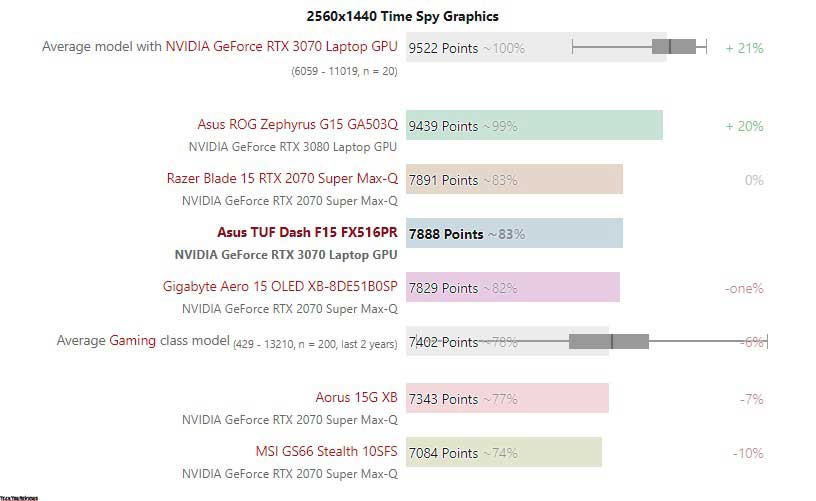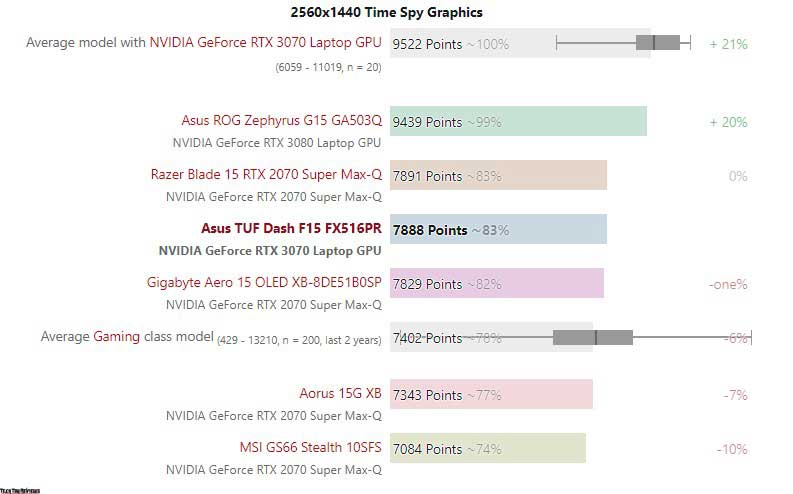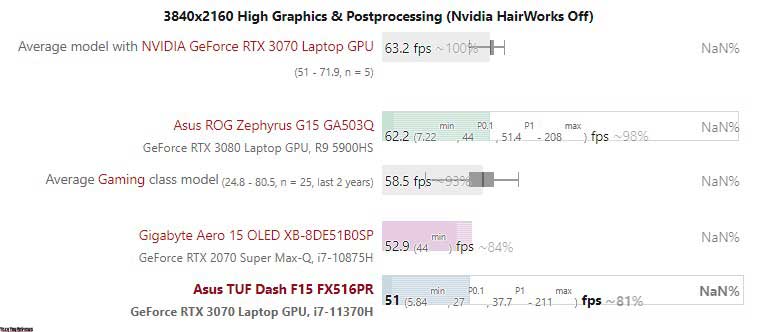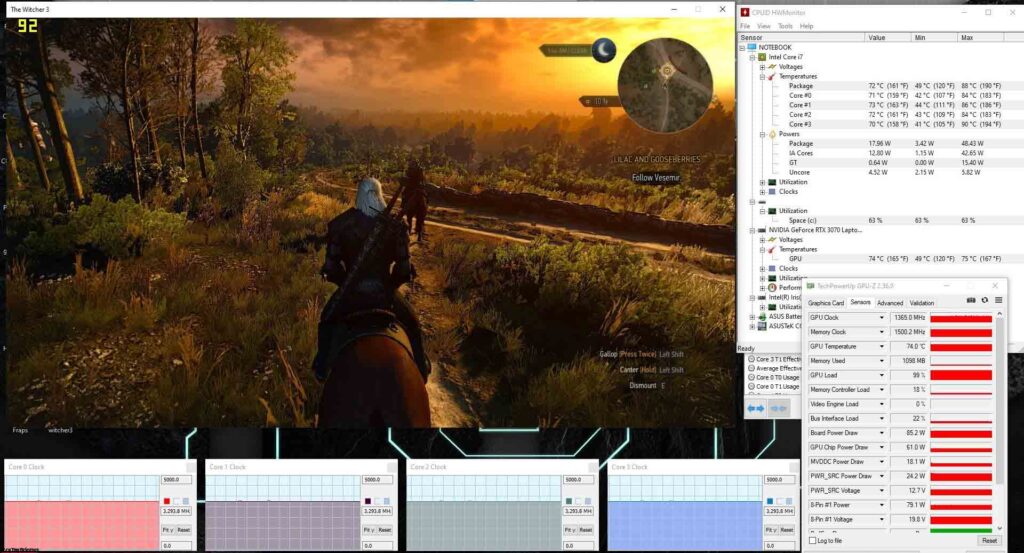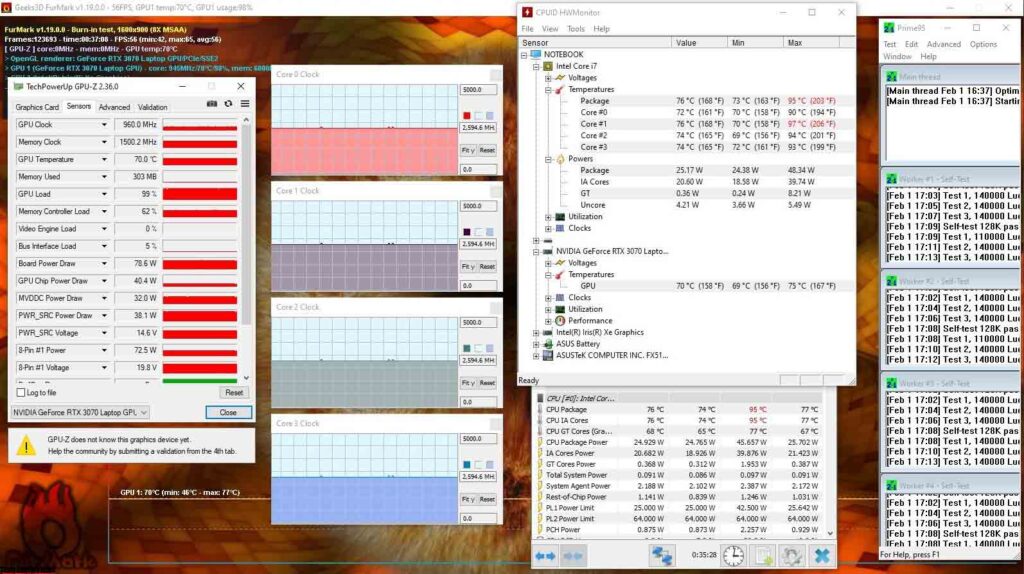Asus uses the GeForce RTX 3070 laptop GPU version in the brand new TUF Dash F15. Read our 2021 Asus TUF Dash F15 review below to find out what this means for performance, energy consumption, emissions, and more.
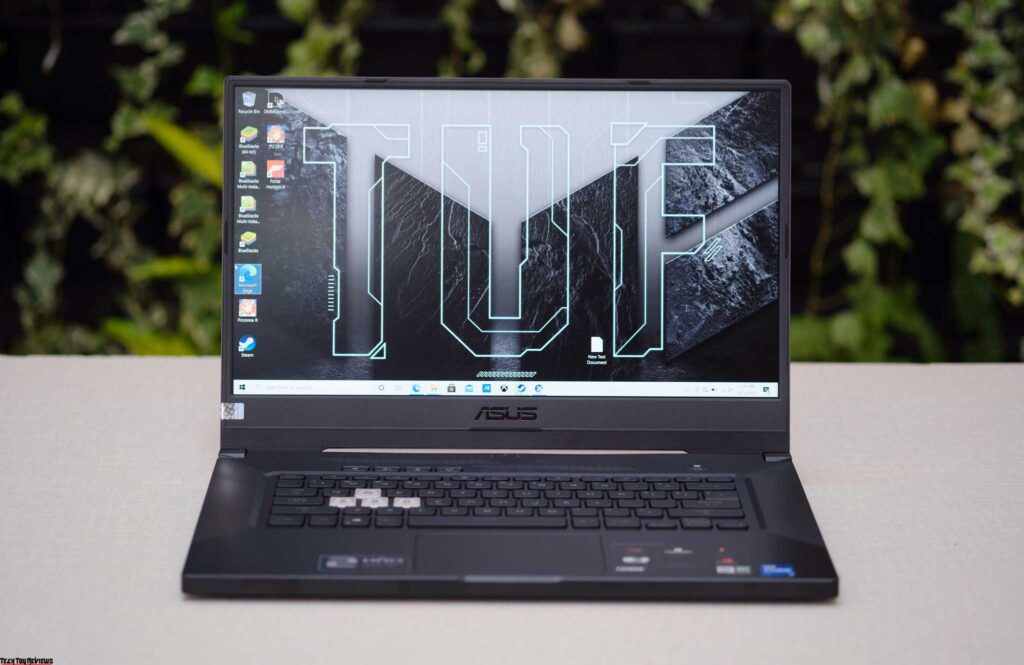
Not surprisingly, the Asus F15 is available in multiple variants as the delivery conditions for Nvidia’s Ampere chips improve. A brand new quad-core model of Intel’s Tiger Lake generation serves as the processor. In addition to the Core i5-11300H (max. 4.4 GHz), the Core i7-11370H (max. 4.8 GHz) and Core i7-11375H (max. 5.0 GHz) are to be used. Either a GeForce RTX 3060 laptop or a GeForce RTX 3070 laptop takes care of demanding graphics calculations.
A 15-inch non-glare panel is responsible for image reproduction, with a resolution of 2560 x 1440 pixels (165 Hz) or 1920 x 1080 pixels (240 or 144 Hz). Attention: According to the specs, the 144 Hz version offers an extremely small color space and is therefore not recommended. The package is rounded off by a maximum of 16 GB DDR4 RAM (part is located directly on the mainboard) and an SSD up to 1 TB in size.
Our 2021 Asus TUF Dash F15 review unit come with Core i7-11370H, GeForce RTX 3070 laptop, 240Hz display, 16GB of RAM, and 1TB SSD costs around $1,800 in online stores, which is quite a lot when you consider that the TUF series is was once intended as an affordable entry-level gaming device, though it has to be said that the quality of the case has improved a lot since its inception (no more plastic).
2021 Asus TUF Dash F15 Specifications
- CPU: Intel Core i7-11370H 4 x 3.3 – 4.8 GHz, 64 W PL2 / Short Burst, 25 W PL1 / Sustained, Tiger Lake H35
- GPU: NVIDIA GeForce RTX 3070 laptop GPU – 8192 MB, core clock: 1290 MHz, memory clock: 1500 MHz, 85 W TDP, GDDR6, ForceWare 461.23, Optimus
- RM: 16384 MB, 8 GB onboard + 8 GB SO-DIMM DDR4-3200, dual-channel
- Display: 15.60 inch 16: 9, 1920 x 1080 pixel 141 PPI, LQ156M1JW26 (SHP1532), IPS, Full-HD, Adaptive Sync, glossy: no, 240 Hz
- Mainboard: Intel Tiger Lake-UP3 PCH-LP
- Storage: SK Hynix HFM001TD3JX013N, 1024 GB, NVMe SSD M.2 Type 2280 (1 slot empty)
- Sound card: Intel Tiger Point-LP PCH – cAVS
- Ports: 3 USB 3.0 / 3.1 Gen1, 1 USB 4.0 40 Gbps, 1 Thunderbolt, USB-C Power Delivery (PD), 1 HDMI, 1 DisplayPort, 1 Kensington Lock, Audio: combined (mic / headset), 2 Speakers
- Connectivity: Realtek PCIe GBE Family Controller (10/100/1000/2500 / 5000MBit/s), Intel Wi-Fi 6 AX201 (a / b / g / h / n = Wi-Fi 4 / ac = Wi-Fi 5 / ax = Wi-Fi 6), Bluetooth 5
- Battery: 76 Wh Lithium-Ion, 4 cells
- OS: Microsoft Windows 10 Pro 64 bit
- Dimensions: 20 x 360 x 252 mm
- Weight: 2046 kg
Design and Features
Many modern gaming laptops are intentionally built in a low-key style that allows them to fit perfectly into business environments at home and in the office. In the case of the Asus Dash F15, the manufacturer chose a different approach, as the appearance of this model screams about its gaming affiliation: the sharp edges and aggressive curves complement the huge TUF logo on the display lid. However, it is worth noting that the design of the predecessor was even more pretentious as there is still some progress to be made. Our Asus TUF Dash F15 review unit is in a dark Eclipse Grey color but is also available in a brighter version of Moonlight White, which will be on sale later.
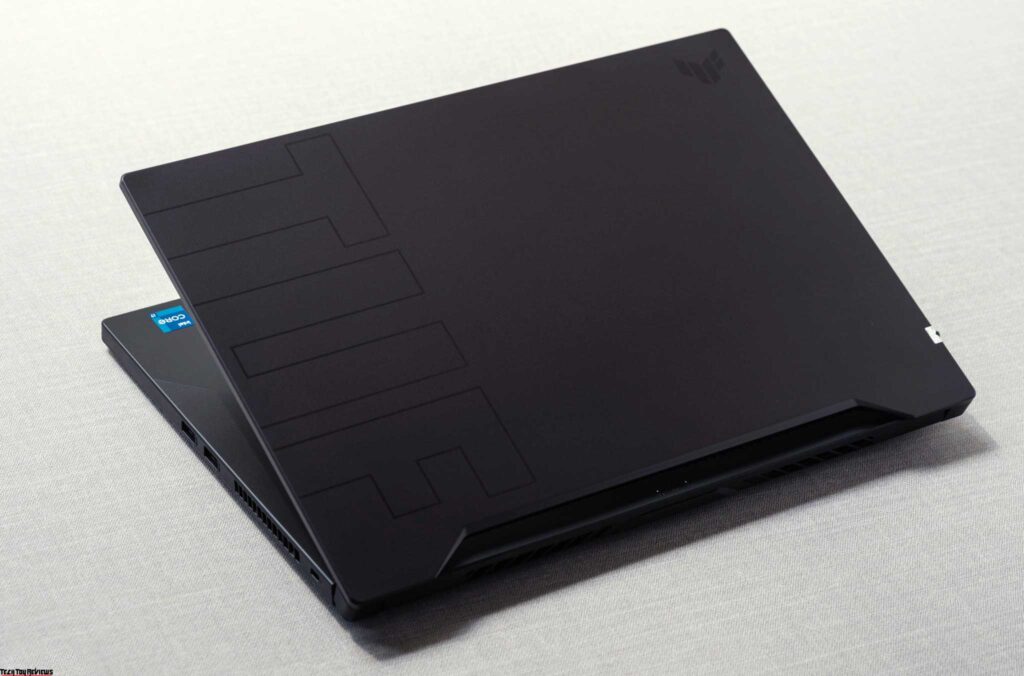
The quality of the materials and the workmanship of the case have gone up significantly as compared to its predecessor. For example, the lid is now metal instead of plastic. All parts fit tightly to each other, we did not find any irregularities or defects, but still, the manufacturer should work a little on the strength of the structure.
Another advantage of the new TUF Dash F15 is its compactness: the case thickness is 19.9 mm, and the weight is only 2 kg. With such parameters, this model not only looks attractive against the background of competitors but also becomes a candidate for a place in top-thin gaming laptops.
The hinges securely hold the screen in position, so it practically doesn’t vibrate when moved. However, unlike the recently reviewed ROG Zephyrus G15, the opening angle is limited. The base of the body is pretty solid, but the lid is more flexible and easier to deform.
The Asus TUF Dash F15 has a lot of modern ports. Unlike the older Zephyrus G15, there’s Thunderbolt 4 (USB 4.0, DisplayPort 1.4a, Power Delivery 100 W, Type-C connector). In addition, the model has one HDMI 2.0 video output, three USB 3.2 Gen 1 Type-A, an audio jack, Ethernet, and a Kensington lock slot.
Most ports are located on the left side, so the laptop is more suitable for right-handed people – cables and devices connected to the left side can interfere with mouse use. Another drawback of the model is the complete absence of a card reader and webcam. Given the capabilities of manufacturers and the development of modern technology, we have no idea what prevented Asus from installing these two simple components.
The Intel AX201 adapter is responsible for wireless communication with support for Wi-Fi 6 and Bluetooth 5. Paired with our Netgear Nighthawk AX12 router, the laptop showed a sufficiently high data reception speed, but the transfer rate was slower than most competitors (tested at a distance of 1 meter from the router without other devices on the network).
Keyboard and Touchpad
The TUF Dash F15 has the same keyboard as the Zephyrus G15 but with an unusual turquoise backlight color. Feedback isn’t very clear, but not as soft as on cheap laptops either. One of the main problems is the layout is inconvenient, small, and inconvenient arrow keys, but the separate volume keys serve as an advantage.
The touchpad is generally good: the surface is smooth and glides well under the fingers, the dimensions of the touchpad are large. The keys are built into the touchpad itself, multi-touch gestures are supported (zoom, rotate, scroll with two fingers), although the latter does not work as we would like. In either case, the accuracy of the cursor movement is high.
Display
Our 2021 ASUS TUF Dash F15 review unit has a 240Hz FHD display. Overall it’s not bad, but the brightness of 275 cd/m2, is not sufficient for normal use on the street.
Still, this display is very suitable for games. It has a high refresh rate and a fairly short response time (10-12 ms), due to which the picture in games is extremely smooth. Viewing angles are excellent and sRGB coverage is 91%.
Color reproduction is also good as well as a contrast ratio of 1100: 1 (see CalMAN screenshots).
We found PWM on this display – it activates at 31% and below brightness. However, the wave frequency is so high (23 kHz) that even sensitive users will have no problem using it.
Performance
The Asus TUF Dash F15 is a high-end gaming laptop. Unless you want to play games on a 4K TV, the configuration we tested should provide a decent headroom for years to come. True, the processor here is not the most powerful today, so soon, it may become a bottleneck in demanding games.
Keeping behind its main competitors in terms of process technology, Intel is finally starting to catch up with the 10nm Tiger Lake-H mobile processor release. In theory, the transition to a new process technology should provide increased energy efficiency compared to the previous 14nm chips. Unfortunately, Intel is only releasing quad-core 10nm Tiger Lake processors at the moment, while more powerful six- and eight-core models will emerge later.
The Core i7-11370H we tested has 8MB of L3 cache and a claimed TDP of 35W. The processor can process 8 threads simultaneously and reach a maximum frequency of 4.8 GHz using a single core. With the load on all cores, the declared maximum frequency is 4.3 GHz. During multiple runs of the multi-threaded test in Cinebench, performance is relatively stable but then declines.
The increase in single-core performance over the previous generation is indeed noticeable, but in terms of multi-core performance, the Core i7-11370H is inferior to the six- and eight-core models of the previous generation, which was quite expected. The new chip received the popular Core i7-10875H, the more rare Core i9-10980HK, and the 35-W Ryzen 9 5900HS (Zephyrus G15). In short, the AMD Ryzen 5 4600H would be better suited for the TUF Dash F15 in terms of price/performance.
Due to the small number of processor cores, the score in PCMark 10 was lower than the competition: 6088 points.
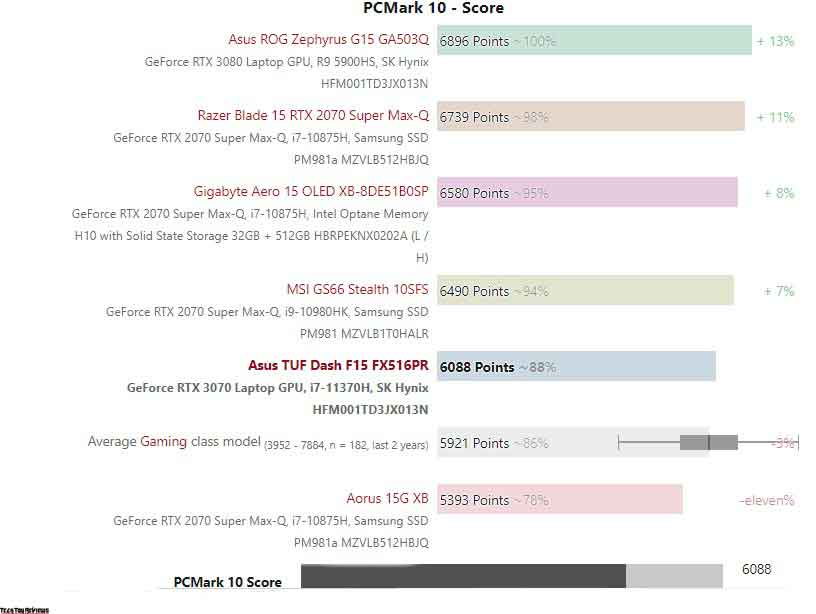
Among the competitors, the TUF Dash F15 has almost the lowest DPC latencies, but even such values are considered close to critical by the LatencyMon utility. There will be no problems in use, but this laptop is not suitable for working with audio and video (DJ equipment, video editing).
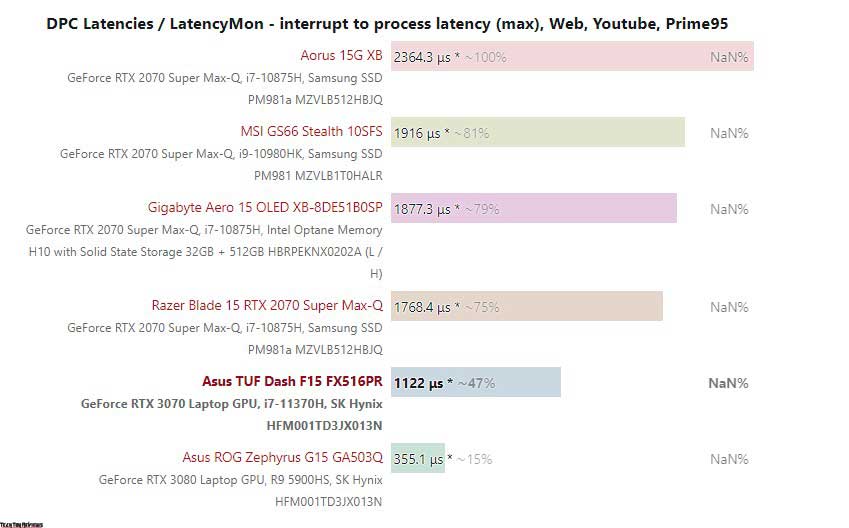
Our Asus TUF Dash F15 review unit has SK Hynix’s 1TB NVMe SSD. Surprisingly, the Zephyrus G15 has the same drive but is 30% faster than the Dash F15. Be that as it may, in everyday use everything is fine: files open quickly, copying is fast, the system boots quickly. Inside, the laptop houses a second SSD slot.

As you know, Nvidia dropped the Max-Q prefix in the name of its mobile graphics cards and allowed laptop manufacturers to freely change their TDP level within specified limits. With RTX 3070 laptops, the TDP level can vary from 80 to 125 W (+15 W from Dynamic Boost). For comparison, the desktop RTX 3070 has a declared figure of 220 watts.
For the TUF Dash F15, Asus opted for the lowest-performing 80W TDP graphics card option. Accordingly, we get a performance level around that of the RTX 2070 Super Max-Q: scores in Fire Strike, Time Spy, and Port Royal are almost identical. Needless to say, we expected a lot from the new graphics card? However, at its most powerful performance, the RTX 3070 laptop is good enough: the Schenker XMG Neo 17 (which has the 125W+ Dynamic Boost version) has a graphics performance 40% higher than Asus’s test. However, do not forget that with an increase in TDP, noise, and heating also increase.
Even the weakest RTX 3070 laptop is good enough for almost all games to run at maximum speed in FHD resolution. The frequency counter will sink below the 60 fps only cherished in extremely demanding and poorly optimized games: The Witcher 3, Watch Dogs Legion, Cyberpunk 2077, Crysis Remastered, Red Dead Redemption 2.
Heatsink
Although the processor of this laptop has two times fewer cores than most of its counterparts, under load, the cooling begins to make a lot of noise. TUF Dash F15 often gives about 41 dB (A), which is not that much, but the problem is that the fan speeds up to 48 – 54 dB (A) from time to time, which is very annoying. However, in a simple situation, the system behaves in an exemplary manner, giving a maximum of 30 dB(A).
In terms of heating, the laptop is also on par with competitors. During gaming testing, the maximum hull temperature reached 55 °C on deck and 56 °C at the bottom. During 60 minutes of testing the Witcher 3, the temperature was even higher due to the high frequency of the processor and graphics card. The latter, by the way, heated up to 80° C and 70° C, respectively, during the test.
Audio
This laptop’s speakers are worse than those on the Zephyrus G15: less bass, more pronounced treble. In general, its sound quality is sufficient, but for listening to music and watching videos for a long time, it is better to connect headphones or external speakers.
Battery life
The system’s power consumption level is lower than that of rivals – probably due to a smaller number of cores and a TDP cut-in graphics card. At idle, the TUF Dash F15 requires between 9 and 16 watts, and under load, these values increase to 107 – 162 watts.

The advantage of the TUF Dash F15 is its good battery: thanks to the Nvidia Optimus, the laptop worked for 16 hours at minimum brightness in the idle state, which is an excellent result for a gaming laptop. In our Wi-Fi test at 150 cd/m2 brightness, the laptop lasted 9 hours—an impressive figure in its class.
Final line
The Asus TUF Dash F15 has its merits – we won’t deny it. In addition to a high-quality (but not too bright) 240Hz display with a short response time, we can praise the model for its excellent battery life. We also welcome Thunderbolt 4 / USB 4 with support for 100W Power Delivery charging.
However, graphics card performance is the weak point of this laptop. Don’t expect miracles from an RTX 3070 laptop with the lowest possible TDP – gaming results are on par with the previous RTX 2070 Super Max-Q. Furthermore, the TUF Dash F15 has a quad-core processor, while competitors offer six- and eight-core chips. AMD’s budget six-core processor will be much better for this laptop than the new Tiger Lake chip Asus has chosen from Intel.
Asus also needs to work on the heat and noise of this model, especially while playing games. In the next-generation model, we would like to see a webcam, which for some reason, is not in the TUF Dash F15.
Price and availability
Our Asus TUF Dash F15 review unit is listed on Amazon.com at $1,915 or £1,148.98 on Amazon.co.uk. However, there are other variants available that you can go with according to your needs.
 Technology News, Reviews and Buying Guides review, monitor review, tablet review, laptop review, mobile review, smartphone review, buying guide,
Technology News, Reviews and Buying Guides review, monitor review, tablet review, laptop review, mobile review, smartphone review, buying guide,
